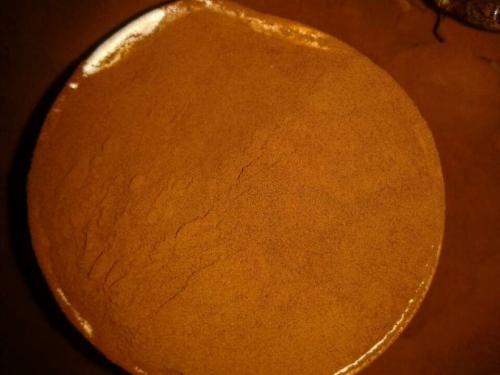
2020-09-15
1. Scientifically combine a new nutritional chain to fully balance the needs of plants. Biochemical potassium fulvic acid is not a pure molecular compound, but a heterogeneous compound with complex macromolecular structure and extremely complex composition. Therefore, in addition to the fulvic acid content of this product In addition to high, it is also rich in almost all amino acids, nitrogen, phosphorus, potassium, various enzymes, carbohydrates (oligosaccharides, fructose, etc.), proteins, nucleic acids, humic acid, VC, VE and a large amount of B family Vitamins, etc. It is a green biological fertilizer.
2. Unknown growth-promoting factors with high biological activity. Practice has proved that the core of biochemical potassium fulvic acid contains unknown high-bioactive growth-promoting factors. Various plant hormones such as auxin, cytokinin, abscisic acid show similar effects, and play a comprehensive regulatory role in the growth and development of plants (diluted 1500-2000 times, verified by foliar spraying, root irrigation, hydroponics ). Therefore, many manufacturers of foliar fertilizers and flush fertilizers use this product to replace or partially replace synthetic hormones such as gibberellins, sodium nitrate complexes and polysorbates.
3. Strong complexing ability, improve the absorption and movement of trace elements by plants. Trace elements play an important role in crop growth, solubility of various enzymes, stress resistance and disease resistance, and improving yield and quality. However, trace elements play an important role in The fluidity in the plant is very poor, the recycling ability is very low, it is easy to be solidified by the soil and lose its activity. Especially it is easy to react with the available phosphorus in the soil, resulting in the loss of each other's activity, resulting in the loss of the two. Biochemical Yellow Potassium humate has many organic chelating and complexing sites due to its high content of total amino acids, carboxyl, hydroxyl and other active groups and oxygen-containing functional groups. These coordinating groups can interact with calcium, magnesium, sulfur, iron, manganese, Molybdenum, copper, zinc, boron and other insoluble trace elements are complexed or chelated. It can also complex with phosphorus in other parts to form biochemical fulvic acid molecules as an intermediary carrier, which can coordinate and promote trace amounts in the body through the roots or leaves of plants. The absorption and movement of elements and phosphorus not only avoids trace elements and phosphorus.

4. Anti-flocculation, buffering, good solubility, and strong interaction with metal ions. The flocculation limit value of this product is gt; 32 mg equivalent\/g, and its anti-flocculation ability is significantly higher than that of humic acid and similar products. It is soluble in any PH1-14. In acid and alkali water, flocculation does not precipitate in saturated brine with high calcium and high magnesium hard water, with good stability and strong anti-electrolyte ability. This product relies on buffer pairs composed of various groups, which can effectively resist acid and alkali. And the pH value has no obvious Changes, large buffer capacity; at the same time, the product has good water solubility, can exchange with metal ions, and has strong complexing ability. These unique properties constitute the advantages of this product in agricultural applications and production of medicinal fertilizers, which are compatible with medicinal fertilizers, medicinal fertilizers Compounding, the mixed use of medicine and fertilizer creates conditions; it also provides new ideas for the development of the medicine and fertilizer industry, integrating treatment and maintenance functions.
This product is mainly used as a pesticide synergist to improve the control effect, that is, by enhancing the growth and disease resistance of plants, changing the permeability of plant cell membranes, exerting the slow release and synergistic effects of pesticides, and playing a role in the prevention and control of plant diseases and insect pests. Can not replace pesticides. Therefore, this product is usually used in combination with carbendazim, thiophanate-methyl, clarithromycin, ketone, arsenopyrite, ethephon, sweeteners and other drugs. Prevention and treatment of wheat scab, yellow leaf disease of fruit trees , apple rot, rot, tobacco scab, cucumber downy mildew, sweet potato black spot, peanut leaf spot, cotton fusarium wilt and verticillium wilt, etc. There are 3 mechanisms to prevent plant diseases: first, strengthen the plant Oxidase activity and other metabolic activities in vivo. Secondly, it can promote the growth and activity of plant roots, which is conducive to the absorption of water and nutrient elements by plants, and can also increase chlorophyll content and photosynthesis, thereby improving plant stress resistance. 3. Used in conjunction with pesticides, it can inhibit the spore germination and colony expansion of pathogenic bacteria, which is conducive to the slow release and synergistic effect of pesticides.